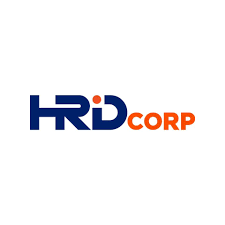New Straits Times Online, 10 March 2013
IN my frequent interactions with media personnel in various parts of the country, I have the impression that their knowledge of workplace safety and health is minimal and more needs to be done to enhance their awareness.
Media personnel need to be educated on how to adapt to all situations as well as to manage the risks that they are exposed to while on assignment.
The tragic incident involving Bernama TV cameraman Noramfaizul Mohd Nor who died while covering war-torn Somalia in 2011 reminds us of the importance of ensuring the safety of media personnel.
Progress in communication technology has increased the demand for up-to-date information. Media organisations compete with one another to transmit the latest news as they unfold.
Most media organisations that send their crews to conflict zones offer some form of training before deployment.
This may include first aid, risk assessment training, survival skills, protective clothing as well as information about the terrain in which they will be working.
In many cases, journalists and photographers might not be fully aware of the danger they are exposed to when reporting at the scene.
Journalists, photographers and cameramen should be offered training on any risks that they might face.
They also have to be consulted and informed of risks to their health and safety. Quality personal protective equipment should also be supplied.
According to the International Labour Organisation, much more needs to be done by media organisations to protect their personnel. It highlighted the need for "adequate preparation by journalists and media before going on assignment.
Media organisations should provide technical assistance and establish training programmes specifically designed to improve levels of personal safety and to carry out risk assessments related to specific assignments".
Moreover, the International Code of Practice for the Safe Conduct of Journalism states that "media professionals must be informed about the political, physical, and social terrain in which they are working. They must not contribute to the uncertainty and insecurity of their conditions through ignorance or reckless behaviour".
It goes on to state that "journalists and other media staff shall be properly equipped for all assignments including the provision of first aid materials, communication tools, adequate transport facilities and, where necessary, protective clothing".
Let me end with this quote: "The job of the journalist is to tell the story, not to become the story. A journalist who puts him or herself needlessly at risk is behaving in an unprofessional manner; one that could ultimately prevent the story from being told or the picture being seen."
Tan Sri Lee Lam Thye, chairman, National Institute of Occupational Safety and Health, Kuala Lumpur















